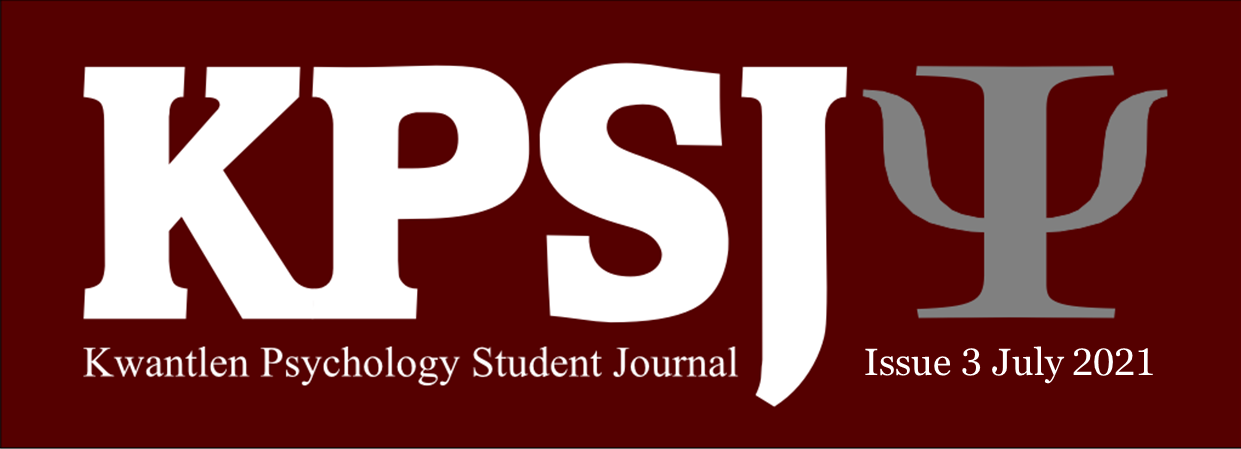Effects of Priming on Self-Reported COVID-19 Vaccination Intention
Keywords:
COVID-19, vaccination, primingAbstract
This study was designed to examine the effects of priming on vaccination intention. Participants were first primed with global COVID-19 data and then with specifically tailored vaccination information: “No information,” “benefit only,” “balanced benefits and risks,” or “risks only.” We hypothesized that participants in the benefit vaccine information group, (n = 16) and the balanced vaccine information group (n = 16) would show increased intention to receive the COVID-19 vaccine compared to the vaccine risk information group (n = 17) and the control, no vaccine information group (n = 16). Further, that the risk information group would have a decreased intention to receive the vaccine compared with the control group. A general COVID-19 knowledge and experience survey was completed after presentation of the vaccination information and vaccination intention measure. The results from the one-way ANOVA did not show any statistically significant differences (p = .136). However, a medium effect size was detected (η2 = .08). Tukey’s test results show no statistically significant differences between the groups. Medium effects sizes were detected which may indicate that something was happening between the groups, but our study did not have enough power to detect it.




